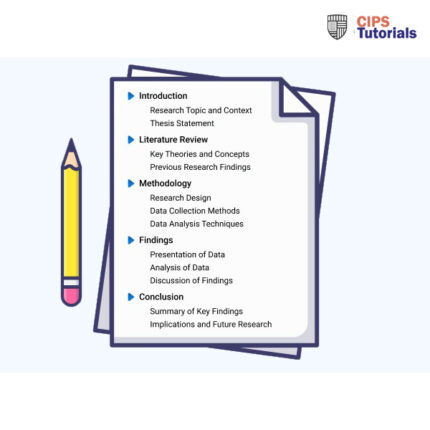Showing 469–480 of 506 results
(Solution) New Royal Commission for AIUla (RCU) Commercial Negotiation Plan- PIN
This procurement negotiation plan for the ROSHN organization focuses on the aspects of planning and executive negotiations in obtaining the IT consultancy services.
It uses the Bailey et al. negotiation model with the mixed approaches of Porter’s 5 Forces and PESTLED frameworks to carry out the evaluation of the market competencies for enhancing the negotiation plans.
The selected approach focuses with creating stable, win-win relationship with suppliers where most of the concentration is for quality suppliers who have efficient timeline delivery and risk control than just focusing on the price.
Expert holistic planning is imperative to this plan, starting with internal need analysis and assessment of inherent risks and stakeholders.
It must be noted that the information founded in this article would help ROSHN effectively strategise its course of action in face of organisational goals as well as market forces..
Key recommendations from this negotiation plan include:
- Establishing an Integrated Digital Procurement System within the next year to track project timelines and quality metrics, aiming for a 20% improvement in service reliability for IT consultancy services.
- Implementing a Comprehensive Supplier Training Program over the next year, with a goal of achieving at least 80% supplier participation to ensure alignment with ROSHN's operational standards and improve service quality by 25%.
- Conducting Quarterly Supplier Performance Evaluations, utilizing a performance scorecard for at least 90% of suppliers to assess compliance with agreed-upon targets, with the objective of increasing average performance metrics by 15% over the year.
- Developing an Enhanced Risk Assessment Protocol within six months to identify and mitigate key risks in the IT consultancy supply chain, targeting a 30% reduction in overall risk exposure through proactive measures.
(Solution) Oakwood CIPD 5HR02 Talent management and workforce planning
(Solution) Oakwood International (AC1.1) Appraise what it means to be a people professional
(Solution) Oakwood International 5CO02 Evidence-based practice
(Solution) Oakwood International 5CO02 Evidence-based practice Assessment ID / CIPD_5CO02_23_01
(Solution) Oakwood International 5CO02 Section One –Report
(Solution) Oakwood International 5CO03 Task One –Professional and ethical behaviours
Task One –Professional and ethical behaviours
This task requires you to consider the significance of professional and ethical behaviours for a people practitioner and the values that underpin the people practice profession. To complete the task, you should provide a written response to each of questions below, making appropriate use of academic theory and practical examples to expand your response and illustrate key points.- With reference to typical activities and behaviours, appraise what it means to be a ‘people professional’. (AC 1.1)
- Discuss how ethical values underpin the work of a people professional, including two examples of how ethical values might be applied in a people practice context. (AC 1.2)
- Consider the importance of people professionals being able to influence others and ensure that the ‘people practice voice’ is heard in an organisation, through informed, clear and confident communication. (AC 1.3)
- For each of the situations below (a & b), provide an example of an issue that would cause you to raise the matter to a manager (or other authority) - and describe how you would do this.
- a) where you consider something to be unethical (whether or not it is illegal),
- b) where you believe something contravenes legislation. (AC 1.4)
- Discuss two theories or models relating to the human and business benefits of people at work feeling included, valued, and fairly treated, concluding your discussion with a summary of your own view of these benefits. (AC 2.1)
- Discuss two ways in which a people professional can build inclusivity into a people practice initiative at the design stage, and two ways of checking inclusivity after a people practice initiative is implemented. (AC 2.2)
